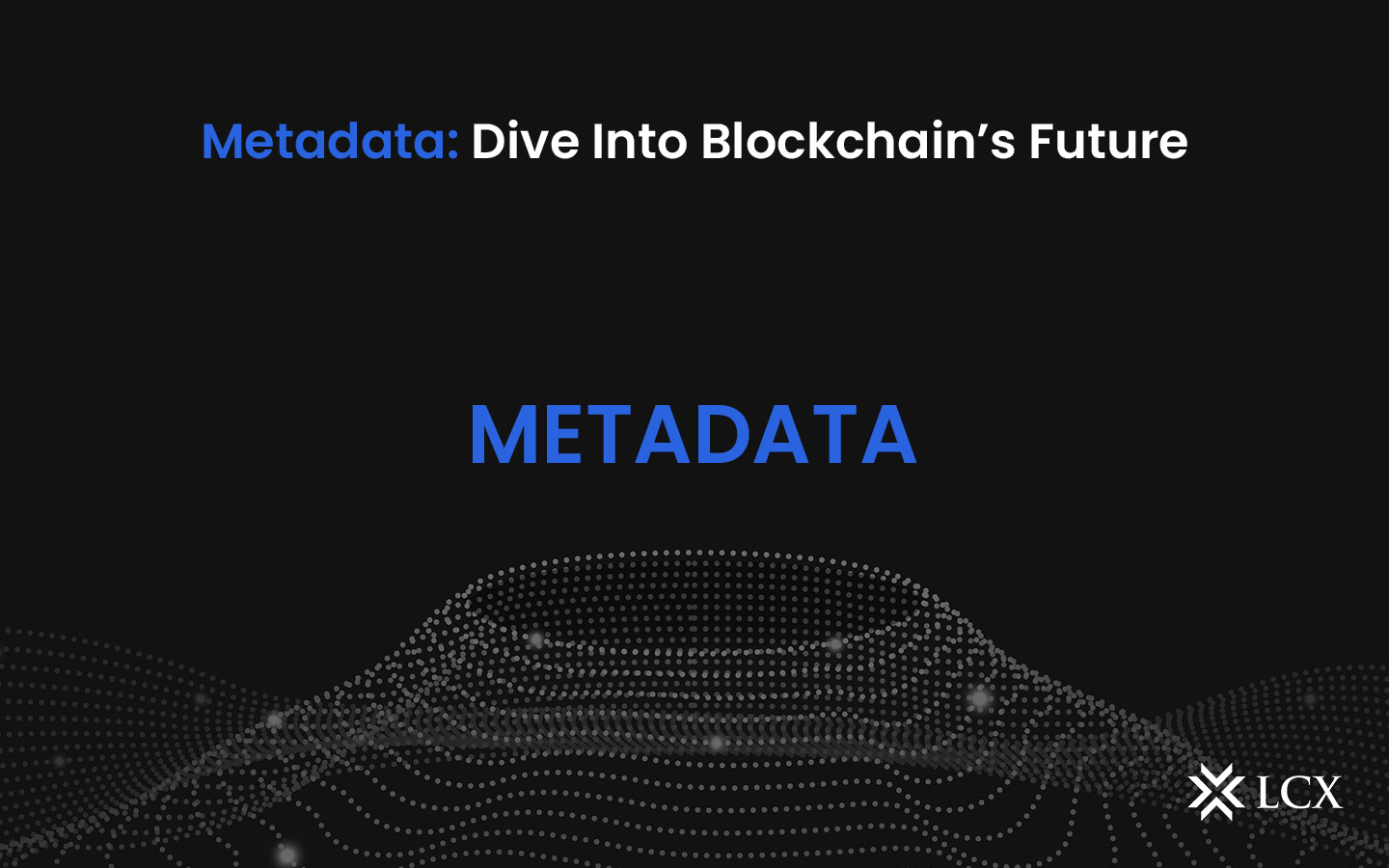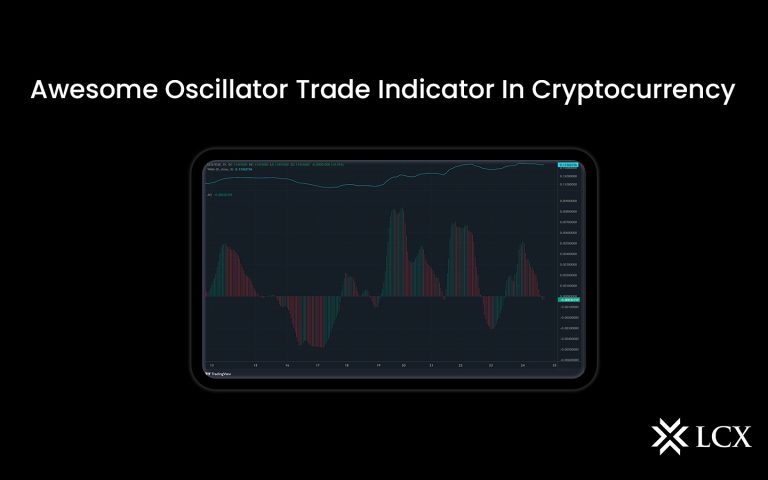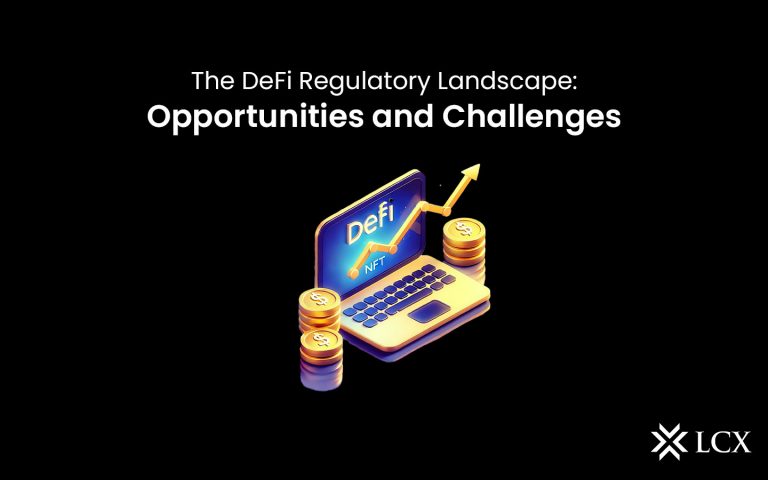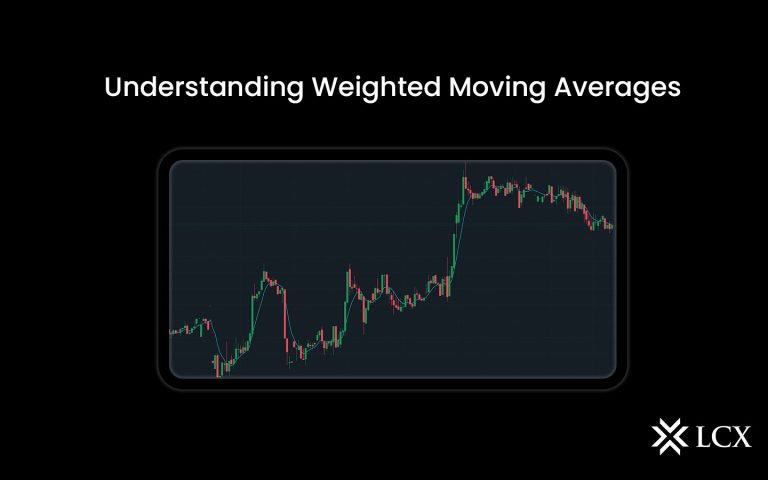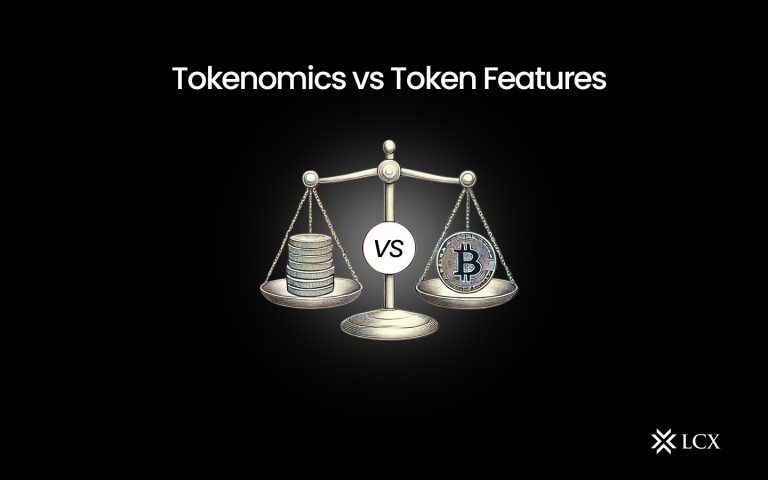The adoption of blockchain technology is expanding to include smart contracts and decentralized autonomous organizations in addition to cryptocurrency transfers. Contemporary blockchains, which are indispensable for a wide range of applications including satellite connectivity and global identity, are undergoing development to accommodate the growing amount of metadata in transactions.
Metadata in blockchain assumes a critical function in the dynamic realm of blockchain technology by augmenting the functionality, transparency, and efficiency of transactions. As our exploration of this complex system progresses, it is imperative that we comprehend the importance of metadata and its incorporation into blockchain transactions.
What Is Metadata in Blockchain Transactions?
Metadata, which constitutes critical information associated with cryptocurrency transactions, offers supplementary context beyond the primary function of the blockchain, which is to document and validate transfers of digital assets. The inclusion of additional information such as the date of creation, authorship, modification time, and file size serves to improve the functionality of transactions. Metadata’s contribution to a comprehensive comprehension of cryptocurrency transactions—which includes transaction details, gas fees, smart contract data, timestamps, and more—illustrates its significance.
Metadata enables users to accompany digital asset transfers, such as those involving Ethereum (ETH) or Bitcoin (BTC), with additional information or context, whereas the primary function of a blockchain is to record and authenticate such transfers.
Transaction metadata, which is essentially data about data, comprises details that are not directly associated with cryptocurrency transfers but serve to improve the functionality of the transaction.
Two Primary Types of Metadata Exist in Blockchain Transactions:
On-Chain Metadata: This metadata is appended to the transaction data in real-time and becomes accessible to any individual with blockchain access. Information such as transaction labels, annotations, and references to external contracts or documents are included in on-chain metadata.
Off-Chain Metadata: Off-chain metadata comprises links to external content, such as files, documents, or web URLs, which are referenced in the transaction but not recorded directly on the blockchain. These links furnish supplementary transaction details. Off-chain metadata is utilized by users to optimize information and minimize congestion on the blockchain.
How to Store Metadata in Blockchain?
On-chain metadata is an essential component of the blockchain’s data structure, comprising details such as smart contract code, token properties, and transaction information. The metadata in question is maintained in a permanent manner and is replicated throughout the entire network of nodes; it forms an essential component of the blockchain ledger. On-chain metadata, comprising sender, beneficiary, amount, and transaction date, is securely integrated into the payload of every transaction, thereby guaranteeing its inherent existence in the blockchain.
As an additional layer of on-chain metadata, smart contracts maintain the contract’s code and associated data on the blockchain. This comprises contractually relevant functions, state variables, and information. For the purpose of verification, block headers within the blockchain comprise metadata that is easily obtainable, such as block timestamps, block numbers, and transaction IDs. Furthermore, tokens such as ERC-721 and ERC-20, which are implemented on Ethereum, directly store metadata on the blockchain pertaining to their properties, including token name, symbol, and supply.
On the other hand, off-chain metadata is maintained in an external location and is linked using cryptographic references. This approach to storage improves the efficacy and adaptability of blockchain technology by creating capacity for larger or less critical data, decreasing congestion, and providing flexibility for applications that need access to dynamic or private information. Off-chain metadata may be stored in external databases, off-chain scaling solutions such as the Lightning Network, or storage systems such as the InterPlanetary File System (IPFS).
How to Integrate Metadata Into Blockchain Transactions
In order to incorporate metadata into a blockchain transaction, participants may utilize smart contracts, which are autonomous agreements composed of predefined terms and capable of self-execution. This procedure, illustrated with Ethereum, entails the development of a smart contract that specifies parameters for the storage of metadata, usually contained in a defined variable such as a string.
Smart Contract Creation: The creation of a smart contract is an essential requirement for the inclusion of metadata and the delineation of regulations governing the storage of said metadata. Typically, the metadata is stored in a designated variable, which is frequently a string.
Interacting With the Smart Contract: Users are required to supplement blockchain transactions with metadata via a transaction that is transmitted to the smart contract. For this purpose, wallet applications for Ethereum or libraries such as web3.js or ethers.js are frequently employed.
Verifying the Metadata: The process of verifying metadata involves an individual engaging with the smart contract and accessing the metadata variable subsequent to the confirmation and inclusion of a transaction in the blockchain. Adding metadata to a blockchain transaction does, nevertheless, require careful consideration of security, privacy, and utility costs.
Use Cases of Blockchain Metadata:
Supply Chain Management: Blockchain metadata facilitates the storage of information pertaining to product production, transportation, and quality, thereby augmenting transparency and traceability within supply chain management domains such as food manufacturing.
Digital Identity and Authentication: Blockchain metadata enables individuals to exercise control over access by ensuring the secure storage of credentials and confidential data. It facilitates the verification of identification for enterprises, governments, and institutions.
Smart Contracts: Smart contracts rely on metadata to establish the prerequisites for execution. For instance, insurance contracts may incorporate meteorological data to ensure prompt disbursements in the event of inclement weather. Loan eligibility and interest rates can be ascertained in the financial sector by utilizing transaction histories and metadata-maintained credit ratings.
Nonfungible Tokens and Digital Assets: Blockchain metadata provides information regarding the characteristics, origin, and ownership history of NFTs and digital assets, in addition to assigning them values. This facilitates art authentication, provenance tracing, and the development of DApps based on NFTs.
Healthcare Records and Data Security: Blockchain metadata is utilized within the healthcare sector to facilitate communication among diverse healthcare systems, ensure data integrity, and secure patient records. It improves security, retrieval of critical medical information by emergency personnel, and confidentiality.
Examples of Metadata in Blockchain Transactions
Metadata comprises a wide range of information and functionalities, such as transaction details, timestamps, nonfungible token (NFT) metadata, smart contract data, digital signatures, gas fees, IPFS links, and Oracle information. The metadata elements provide the blockchain network with the capability to store and execute a wide range of functions and data.
Timestamps: A timestamp is allocated to every block in a blockchain, specifying the precise instant at which the block was appended to the chain. This metadata records the exact moment at which a transaction takes place.
Transaction Details: Metadata such as sender and recipient addresses, transaction quantities, and unique transaction IDs may be included in blockchain transactions.
Smart Contract Data: Metadata pertaining to the execution of smart contracts on a blockchain may include input data and parameters.
Digital Signatures: Digital signatures are an integral component of metadata, serving to verify the legitimacy of transactions and establish ownership.
Gas Fees: Metadata pertaining to fuel charges that are accrued during the processing of transactions on platforms such as Ethereum may be provided to assist miners and validators in the prioritization of transactions.
InterPlanetary File System (IPFS): Blockchain metadata has the capability to incorporate references to InterPlanetary File System (IPFS), thereby facilitating decentralized file storage. In order to access data stored on the blockchain, users often retrieve IPFS references in the form of hashes. This functionality enables the storage of significant files that are associated with on-chain assets such as NFTs.
Oracles: Information incorporated into blockchain metadata to activate smart contracts may be supplied by external services that provide real-world data for smart contracts.
Nonfungible Token Metadata: Creators’ names, descriptions, and supplementary information pertaining to the digital or physical assets that NFT tokens symbolize are frequently incorporated into NFT metadata.
Challenges of Metadata in Blockchain Transactions
It is imperative to tackle the obstacles linked to blockchain metadata, such as data security, scalability, and Oracle dependability, in order to ensure the continued progress and extensive integration of this technology.
The expansion of blockchain networks gives rise to substantial concerns regarding scalability and storage expenses, which may result in diminished efficiency and augmented resource demands. Massive data storage on the blockchain could place a burden on the architecture of the network and increase the risk of centralization.
Data security and privacy are further factors to be taken into account, particularly when handling confidential or sensitive data. Achieving an equilibrium between privacy regulations and the intrinsic transparency of blockchain technology necessitates meticulous planning and execution. Moreover, the dependability of smart contracts and blockchain applications that depend on external data retrieval from oracles could potentially be undermined by malicious or inaccurate data inputs.
In order to facilitate ongoing advancements and widespread adoption in numerous industries, surmounting these obstacles in blockchain metadata requires the adoption of a multifaceted strategy. By implementing sharding and layer-2 solutions, developers have the ability to mitigate scalability concerns through the delegation of particular data from the primary chain.
Ensuring the confidentiality and integrity of sensitive information can be accomplished by implementing permissioned blockchains and encryption protocols. Oracles are fortified with an additional layer of security by utilizing multiple data sources to supply reputation and validation mechanisms. By incorporating resilient security protocols, cutting-edge technology, and scrupulous design, it is possible to enhance the security and efficiency of blockchain metadata amidst these obstacles.
Opportunities of Metadata in Blockchain Transactions
Offering Insights for Investment and Trading Strategies:
Non-financial transactional metadata provides a multitude of advantages and is of considerable worth to merchants and investors. The examination of user behavior patterns provides investors with significant insights into market sentiment, thereby enabling them to make more informed decisions concerning the purchase or sale of cryptocurrencies.
Data visualization techniques are being utilized by blockchain analytics firms in order to augment investors’ comprehension of trading activities occurring on cryptocurrency exchanges. These tools deliver up-to-date information, such as heatmaps of trading volume and order book depth charts.
Nevertheless, it is imperative to recognize the difficulties that arise when non-financial transactional metadata is utilized for trading and investment purposes. The protection of privacy is of the utmost importance when personal information is handled on the blockchain; therefore, it is critical that any analysis that extracts meaningful insights into the trading activities of users prioritizes user privacy.
Enhancing Regulatory Compliance:
Regulatory compliance is an indispensable component that distinguishes Bitcoin transactions from all others. Through the establishment of an immutable and transparent ledger of transactions, blockchain technology possesses the capacity to substantially enhance regulatory compliance.
By incorporating metadata into Bitcoin transactions, money trafficking and other illegal activities can be prevented. Regulators have the ability to detect illicit activities through the identification of suspicious patterns or behaviors via the analysis of transactional data.
It is critical to implement regulatory compliance measures via blockchain technology in order to promote the expansion of cryptocurrencies and protect users from fraudulent operations.
Conclusion
In summary, metadata assumes a pivotal role in the domain of blockchain transactions by providing a comprehensive comprehension of data and stimulating advancements in diverse sectors. In light of the obstacles and prospects that metadata presents, it is indisputable that blockchain technology will continue to evolve towards greater transparency, efficiency, and adaptability in the future.
The continuous development of blockchain technology presents significant prospects for further investigation and advancement, specifically concerning transactional metadata that do not pertain to monetary transactions. The data possesses the potential to provide significant insights into user preferences and behavior that go beyond monetary transactions.
By utilizing dynamic visualizations and analytics, previously illusive patterns and trends can be revealed. An exemplary instance is Non-Fungible Tokens (NFTs), which offer innovators an unprecedented method of selling their creations directly to purchasers, bypassing intermediaries. By incorporating metadata into NFT transactions, a chain of ownership can be established, facilitating the verification of authenticity by collectors and protecting the intellectual property rights of the original creators.
